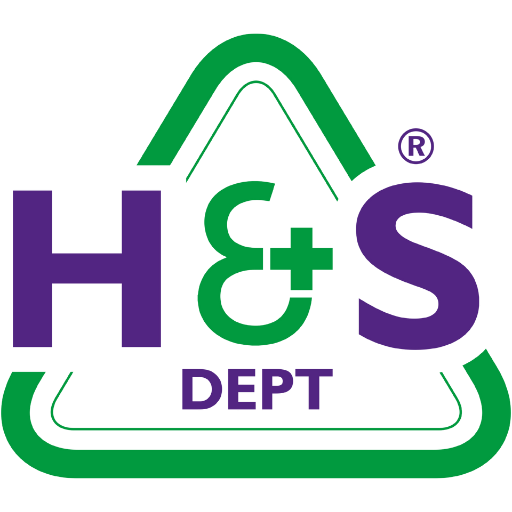As the nights draw in and the weather gets colder, one of the top things to look forward to at this time of year is fireworks. Bonfire night is still a few weeks away, but many are already enjoying local displays.
Explosives, darkness, crowds… if ever there was a time for health and safety this is it, right?
Sadly we saw a couple of stories in the news recently where such displays were cancelled due to health and safety concerns. There was one in Saltfest in Droitwich, where bad weather may also have been a factor; and another in Tamworth where, digging deeper, the application of Martyn’s Law (more on that later) was a specific health and safety factor which contributed to the cancellation.
Planning an event safely
It is not the role of health and safety to get in the way of a good event. In fact, a key principle is that the level or detail in your planning should be proportionate to the risk and the scale of your event.
You, and anyone attending, would expect that if it is big and complex there will be adequate consideration of health and safety; whilst if it is small and low key, not as much attention is likely to be required. It goes without saying that any kind of fireworks display at scale will need considerable safety input.
Your starting point will be determining who is responsible for safety. If you have five or more employees, you will probably already know that you need a written health and safety policy and this will probably designate such responsibility.
If you have hundreds or even thousands of people attending, you won’t want to leave it to chance. Many organisations will choose to outsource this to a specialist consultancy like us. But others may have the scale to employ an expert in-house.
When you have thoughtfully considered the nature and scale of your event, you can record your findings in a safety plan. This should include a risk assessment.
Keeping everyone on the same page
A feature of events is that they are likely to have many stakeholders: venues, contractors, local authorities, vendors and so on. Get their input, communicate well and select partners based on their attitude and approach to health and safety – ask them as part of your selection criteria! When it comes to safety, everyone should be competent in their role. Training can be arranged.
Some of the biggest killers in the workplace are falls from height, being struck by a moving object and hit by a vehicle. Make sure everyone understands this for prior, during and after the event.
Thinking more broadly
For commercial success, it is right to give focus to making the central theme of your event special – whether that be fireworks, a themed market, rides or sport. It’s the raison d’être for the event after all.
But how often have you been somewhere and been disappointed because there are huge queues for toilets, or the parking is insufficient. These kind of issues come under the remit of health and safety and the facilities provided. You can add to that first aid and emergency arrangements.
Increasingly, event organisers have to think about terror attacks too. The National Counter-terrorism Security Office have released guidance built around the mantra “Run, Tell, Hide”; whilst Martyn’s Law received Royal Assent earlier in the year and is going through a 24 implementation period. This puts greater legal burden on planning for being targeted by a terrorist attack, depending on the size of the event.
Explore if there are other pieces of legislation or statutory rules that will affect you, like RIDDOR for accidents or CDM2015 where temporary structures will be put up and taken down.
Help with event health and safety
Health and safety planning and implementation can make or break an event. If you would like professional help ensuring you get yours right so everyone can have a good, safe time, please contact us. We can help with the risk assessment, safety plan, training and more.

